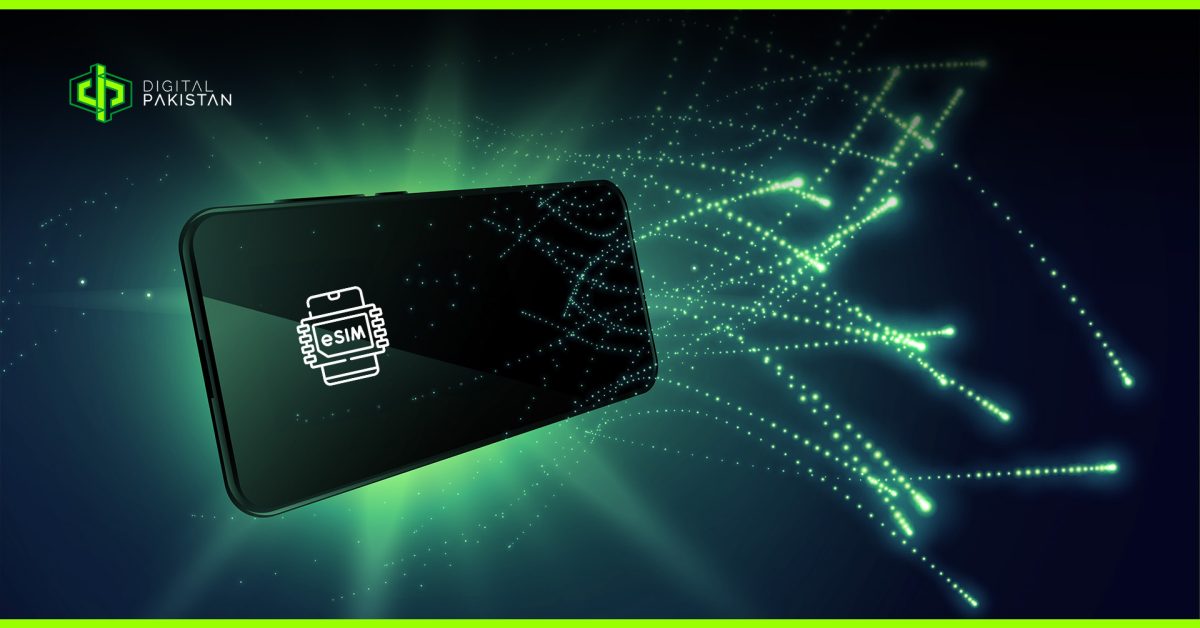
Avengers Assemble: Tech Titans Join Forces to Defend Democracy
March 10, 2024
Last Week in Science: 4th to 10th March, 2024
March 13, 2024Elevating Connectivity: The Rise of eSIM Technology
PTA tax this, PTA tax, that. Honestly, it does seem a bit outrageous to have to pay hundreds of thousands extra just to use a phone like a regular phone, which is why I think it is high time for us to start not just looking for, but also adopting alternatives. In today’s world, where connectivity is a must-have, mobile technology continues to evolve, shaping our digital experiences in new ways. Among the latest innovations that are transforming the way we connect is eSIM, an embedded SIM technology that is poised to redefine mobile connectivity.
Let’s take a journey to explore the intricacies of eSIMs, from their underlying technology to their myriad practical applications in our daily lives.
To understand eSIMs, we need to start with the basics. Essentially, an eSIM does the same job as a traditional SIM card, enabling devices to connect to cellular networks and access voice, data, and messaging services. However, instead of a physical card that must be inserted into the device, an eSIM is embedded directly into the device’s hardware. This embedded SIM can be programmed remotely by mobile network operators, streamlining the activation process and eliminating the need for physical SIM swaps.
The technology behind eSIMs is a testament to the advancements in mobile connectivity. When setting up a device with an eSIM, users can initiate the activation process by scanning a QR code provided by their mobile carrier or manually inputting the activation details. Once activated, the eSIM securely stores the user’s subscriber information and network credentials, facilitating seamless connection to the cellular network.
The practical applications of eSIMs are numerous. For instance, for international travellers, eSIMs offer unparalleled convenience, eliminating the need to purchase local SIM cards or incur exorbitant roaming charges. Travellers can effortlessly download an eSIM profile for their destination country, enabling access to local rates for data, calls, and texts without the hassle of swapping physical SIM cards.
Another use of eSIM technology is to support dual-SIM functionality without the need for a dedicated SIM card slot. This feature is a game-changer for individuals juggling multiple phone numbers or seeking to separate personal and business communications on a single device.
Moreover, the Internet of Things (IoT) ecosystem can benefit immensely from eSIM technology. Devices such as smartwatches, fitness trackers, and connected cars can leverage eSIMs for seamless connectivity and remote management. This empowers manufacturers to create smaller, more efficient devices while providing consumers with greater control over their connected experiences.
As we explore the realm of eSIMs in-depth, it becomes evident that their potential knows no bounds. From simplifying international travel to enabling advanced IoT applications, eSIMs are poised to redefine the way we connect and communicate. With ongoing advancements in eSIM technology and growing support from mobile carriers and device manufacturers, we can anticipate even greater integration and adoption in the years to come.
To sum it up, eSIMs represent a quantum leap forward in mobile connectivity, offering users unprecedented convenience, flexibility, and functionality. Whether you’re a frequent traveller, a tech enthusiast, or a business professional, eSIMs have the power to streamline your mobile experience and unlock a world of possibilities (and if you’re an iPhone user, you might like the idea of not paying double the price just to get a phone you can actually use for calls).
About the Author: With chai and Google Docs as trusted companions, Abrish Nayyar has honed the art of weaving stories, fueled by late-night inspiration and the mundane world. Aspiring to one day be a published author, to her, every article is an inch closer to that goal.






